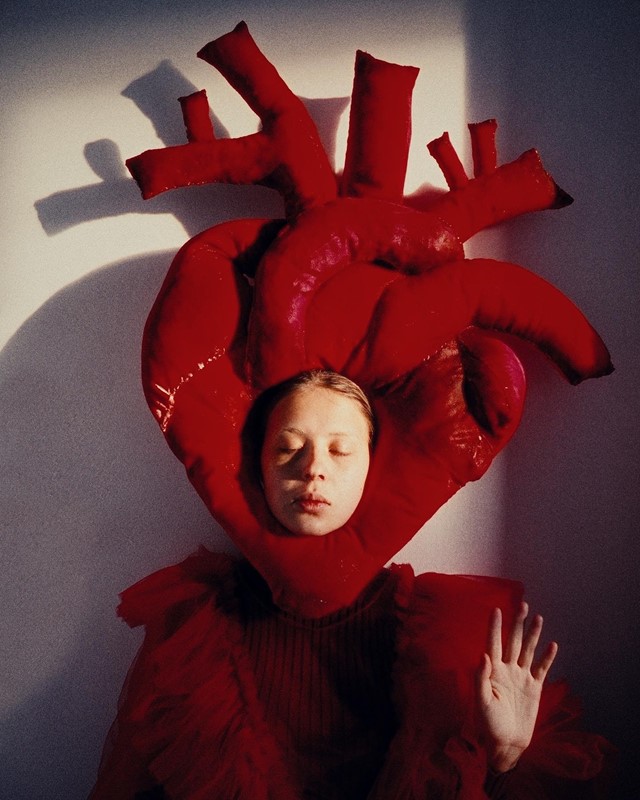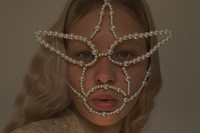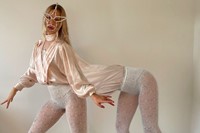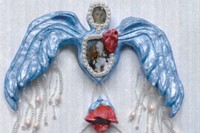Born into a colonised ethnic minority in Russia, Polina Osipova used the skills ancestral women taught her to create art that challenges both her country’s and her culture’s limitations
- Who is it? Polina Osipova is a Chuvash designer and artist
- Why do I want it? Immersive storytelling and escapism through surreal, hand-crafted sculptures and objects
- Where can I find it? On Instagram at @polinatammi
Who is it? Growing up between the city of Cheboksary in the Chuvash Republic of Central Russia and a small village on its outskirts, Polina Osipova was long unaware that most people from outside of her country had no knowledge of her culture’s existence. One of many small ethnic minority groups in Russia, Ospivoa’s village was made up of a 58 per cent Chuvash population steeped in tradition. “It’s customary to go to the baths often,” Osipova recalls. “You go in as a child surrounded by 13 women relatives, from a baby to a 100-year-old great-grandmother. You wash and steam naked and then go swimming in the lake under the stars or jumping in the snow in winter. Sounds like a witches’ ritual, doesn’t it?”
Embroidery and needlework skills are passed down the generations among Chuvash women, something that comes to most girls as “natural as breathing”. As a teenager, Osipova began taking these traditional techniques to create pearl-adorned face masks, gemstone-encrusted sculptures, medieval body armour and clothing, creating pieces that have made her one of the most exciting young artists working today. One who, at just age 24, is planning her second exhibition and has collaborated with Gucci, and is a muse of Florence Welch.
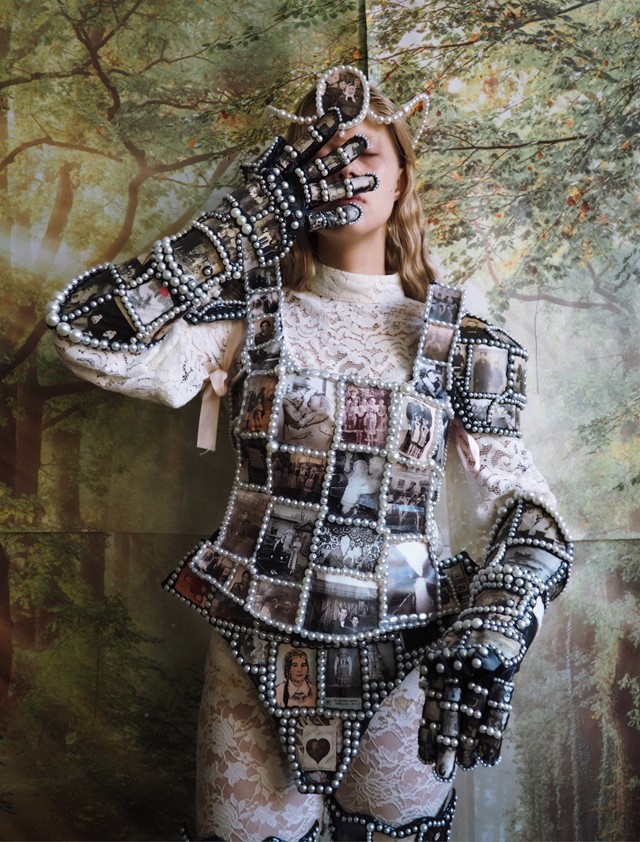
Under the Soviet Union, Chuvash culture was repressed by the state and, in many ways, that treatment continues in contemporary Russia today. When she was at school, Osipova says it was “fashionable” to pretend you were Russian, even though almost none of the children actually were. But like a normal punk teenager, she chose to protest by being proudly and loudly Chuvash. For one of her earliest pieces, she transformed the traditional Russian headdress, the Kokoshnik, by embroidering security and surveillance cameras atop it, circling and decorating it with facial recognition mobile phones. “A pearly Foucault,” she muses.
Why do I want it? Through her pieces Osipova channels her deep connection to her culture, engaging in immersive storytelling, using artefacts and talismans to tell both the history of her people, the limitations they still face, and the future, spearheaded by the younger generation (like her). Osipova’s ancestors are central to her work, specifically the singing and the mythologising of the image of her grandmothers and great-grandmothers.
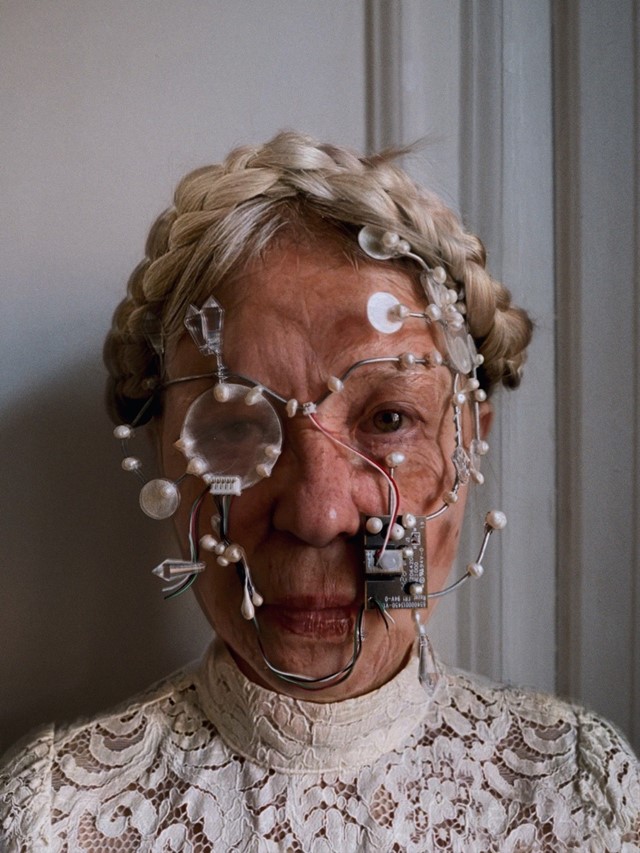
One of her most striking pieces is a suit of armour made up of her old family photos, showing weddings, domestic life, birth and death. “You put on this wearable sculpture like a second skin and these women, your ancestors, in the photos, protect you,” she explains. Elsewhere, Osipova uses Chuvash silver coins – historically used to make up Chuvash women’s traditional dress – to create breastplates and scales across her skin. Since she first began sharing her work online as a teenager, Chuvash women have continually reached out to tell Osipova of the impact her work has had, both in terms of putting their culture on the map and challenging the preconceived notion of what it means to be a Chuvash woman today.
Symbolism has always been hugely important to Osipova’s work, but now it is even more so: She recently relocated from St Petersburg to the UK, where she lives by the seaside a 40-minute train ride away from central London. This change, prompted by the war and unrest in her country, made Osipova begin to reinvent herself and her work. Recently, she has been transfixed by horses, creating a pearl-encrusted mask in the shape of the animal’s face, which she captured on herself, transformed into a four-legged creature. “The horse is my new totem,” she explains. “She runs to freedom at a gallop, she is beautiful and strong, she can split you if you are not gentle with her. I’d like to turn into a wild horse, there’s something pagan and native about that. My ancestors were the kind of people who were on equal footing with horses.”
Where can I find it? On Instagram at @polinatammi.
